Let’s just jump straight to what really matters, and that is the style of the wines of Rhône.
Could we be making generalizations about the 2nd largest French wine region with over 66,000 hectares planted with 34 different grapes? With 75% red wine and 94% of the volume made in its southern reaches, it is not unreasonable to seek some commonalities, especially if they remain applicable even to the remaining fractions.
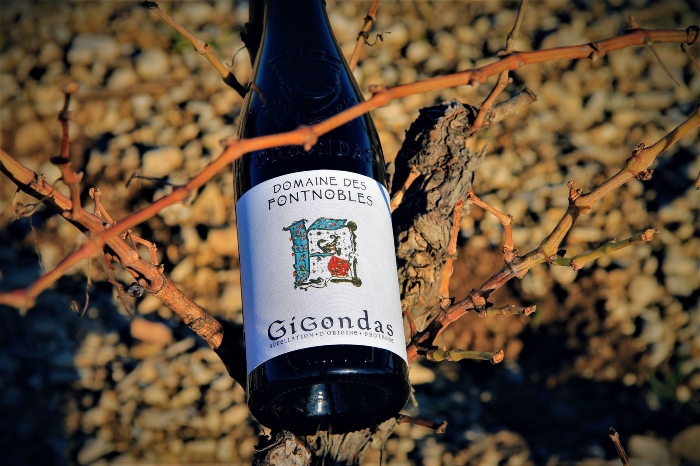
The style of Rhône wines bridges the New and Old World divide. It has generous fruit, suppler acidity, softer tannins, and no edges, appealing to the palates shaped by Australian or Californian wares. Yet, it still offers the stamp of provenance, discipline, and a discrete delivery that attracts the European inclined tastes.
So, when in doubt, the wines of Rhône are a great choice that is likely to please most in your gathering. This style is shaped by several elements of the region, with climate and grape varieties playing pivotal roles.
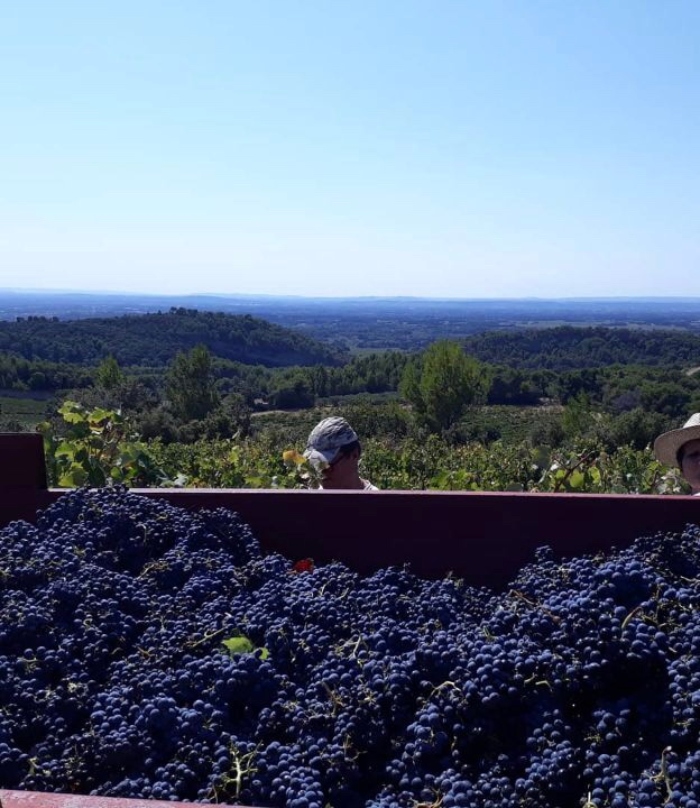
The Northern part of Rhône Valley is largely a narrow river gorge from Lyon to Valence. The climate is continental but moderate to warm overall, especially during the growing season. However, the exposure still matters for optimal ripeness. The South, a more open, rolling hills part of the valley between Montelimar, Avignon and Nimes grows progressively Mediterranean towards the sea. Challenges such as the disruptive Mistral wind and the timing of precipitation during crucial growth stages contribute to vintage variations, but the overall climate helps smooth out peaks and valleys.
The grapes are another important piece of the puzzle. Only Syrah is used in the Northern Rhône reds, at times field-blended with some Viognier, Roussanne and Marsanne, which are the only white grapes used here – Viognier by itself, and the other two alone or as a blend.
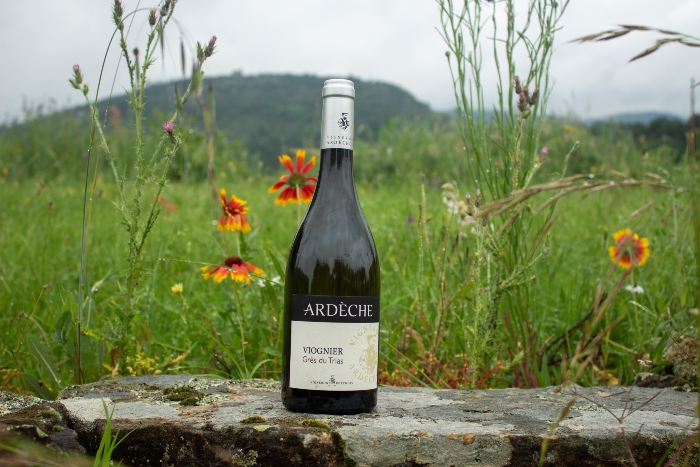
While the regional style description still applies, the nature of the grapes leaves a clear imprint. Top Syrah wines exhibit textbook notes of black olive, black pepper, and bacon in a structured profile, while the best Condrieus showcase flavors of peach, apricot yogurt, and an unctuous mouthfeel.
In the South, which defines the Rhône style, the palette is significantly broader, with nearly three dozen grapes in play. In reality, Grenache is almost a constant in most Southern wines, Noir in reds, often with support of Syrah, Mourvedre and Carignan, and Blanc in whites, with a raft of other interesting grapes like Clairette, Bourboulenc or Picpoul. Some appellations require a proportion of grapes, like Cotes du Rhône, but some, like Chateauneuf, just list the permitted varieties and can be made as a blend or as a single grape alone.
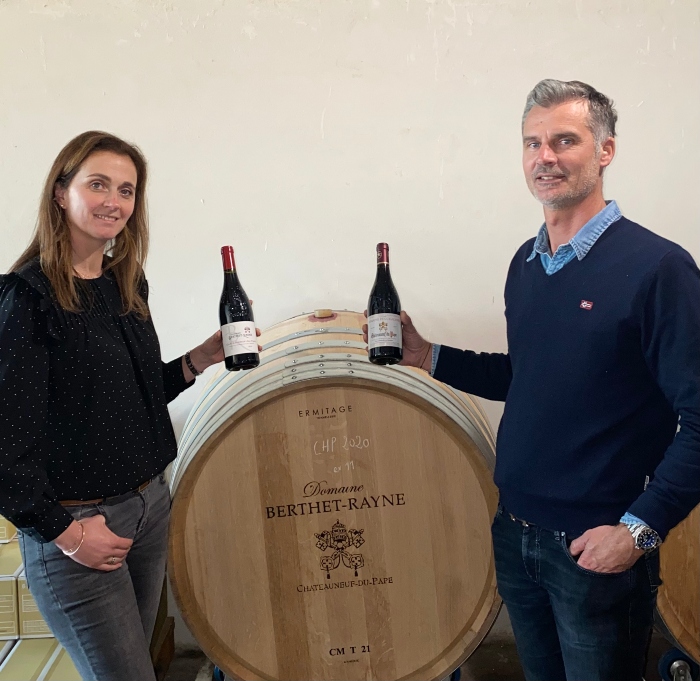
Speaking of appellations – Cotes du Rhône is the broadest and makes up nearly half of the Valley production. The next level up is Cotes du Rhône-Villages, tighter defined areas with stricter requirements that cover 95 communes. Another step up still is Cotes du Rhône Villages, enjoyed by 22 communes, with Plan de Dieu, Visan or Sablet often seen on the shelves. The peak of the pyramid are the Crus. The 16 of them include all of the Northern AOC/Ps, like Hermitage and Condrieu, as well as Southern Rhône’s Gigondas, Vaqueyras and the famed Chateauneuf du Pape.
Chateauneuf was at the center of a couple of inflection points in the region’s history. While Romans planted the first vines in the area around 600 BC, with the fall of the empire the wine trade also declined. Its resurgence from 13th century on was thanks to the Popes’ move to Avignon, thus the area’s most famous wine owes its name to the Popes’ new digs. And much more recently, the modern French AOC system was born here when in 1936 Baron le Roy Boiseaumarie, a grower in Chateauneuf area, led the effort to set up the very first AOC, for “Cotes du Rhône” wines.
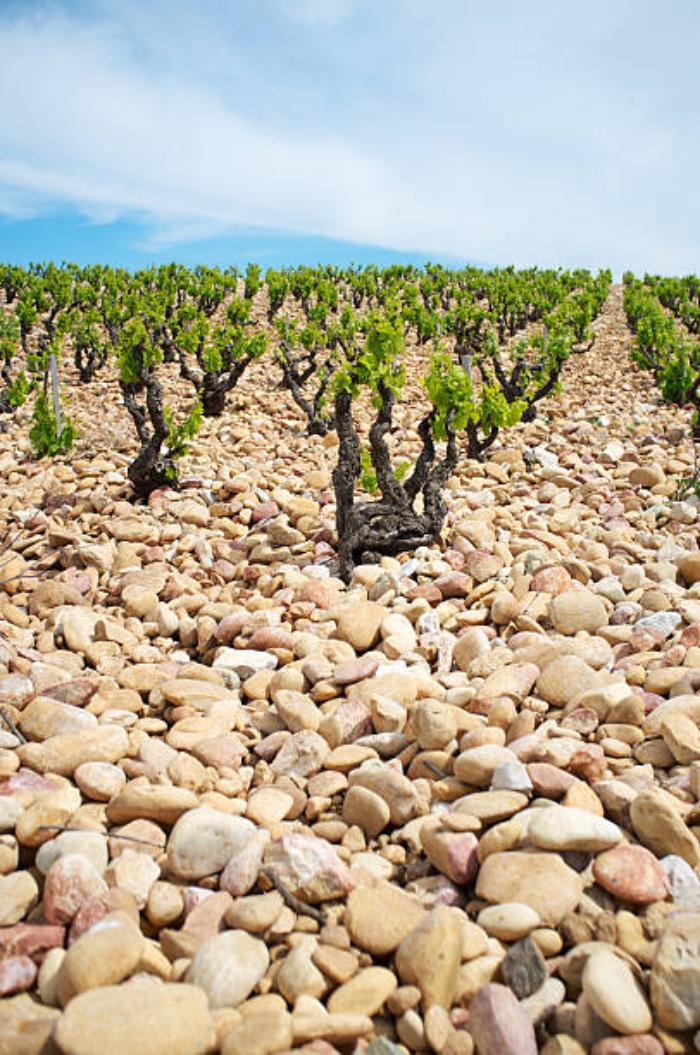
Another reason Chateauneuf’s name often comes up is thanks to the “pudding” stones in its vineyards. Given the size of Valley the soils vary widely, from granite in large parts of the North, to clays, sand, and gravel in the south. However, the specifics of the soil in the Crus play a significant role. It is regularly cited that the Chateaneuf stones radiate the retained daily heat at night, but they do more – their light colour helps reflect the sunlight to the grapes, and they also function as a shield for the top soil, slowing the rise of its temperature and the water loss.
The interesting aspect of the best wines of Rhône, such as Chateauneuf, is that while they are big wines, they don’t necessarily offer more of everything but primarily excel in one thing—finesse, found in the quality of the tannins and the wine’s overall pedigree.
This is some of what shapes the “bridging” style of the Rhone Valley wines. Combine that with the fact that 13% – and growing – of the region is organic and the reasons for the choice of the title should be, at this point, self-evident.
By Igor Ryjenkov, MW

Toronto-based Igor Ryjenkov MW was the first in Canada to earn the prestigious Master of Wine credential in 2003. His wine business expertise has been informed by 24 year in the Ontario trade, first in retail, then in key buying positions, and lastly, in projects, most notably, developing the new 5-dot wine style matrix. Igor is one of Opimian’s Masters of Wines.

